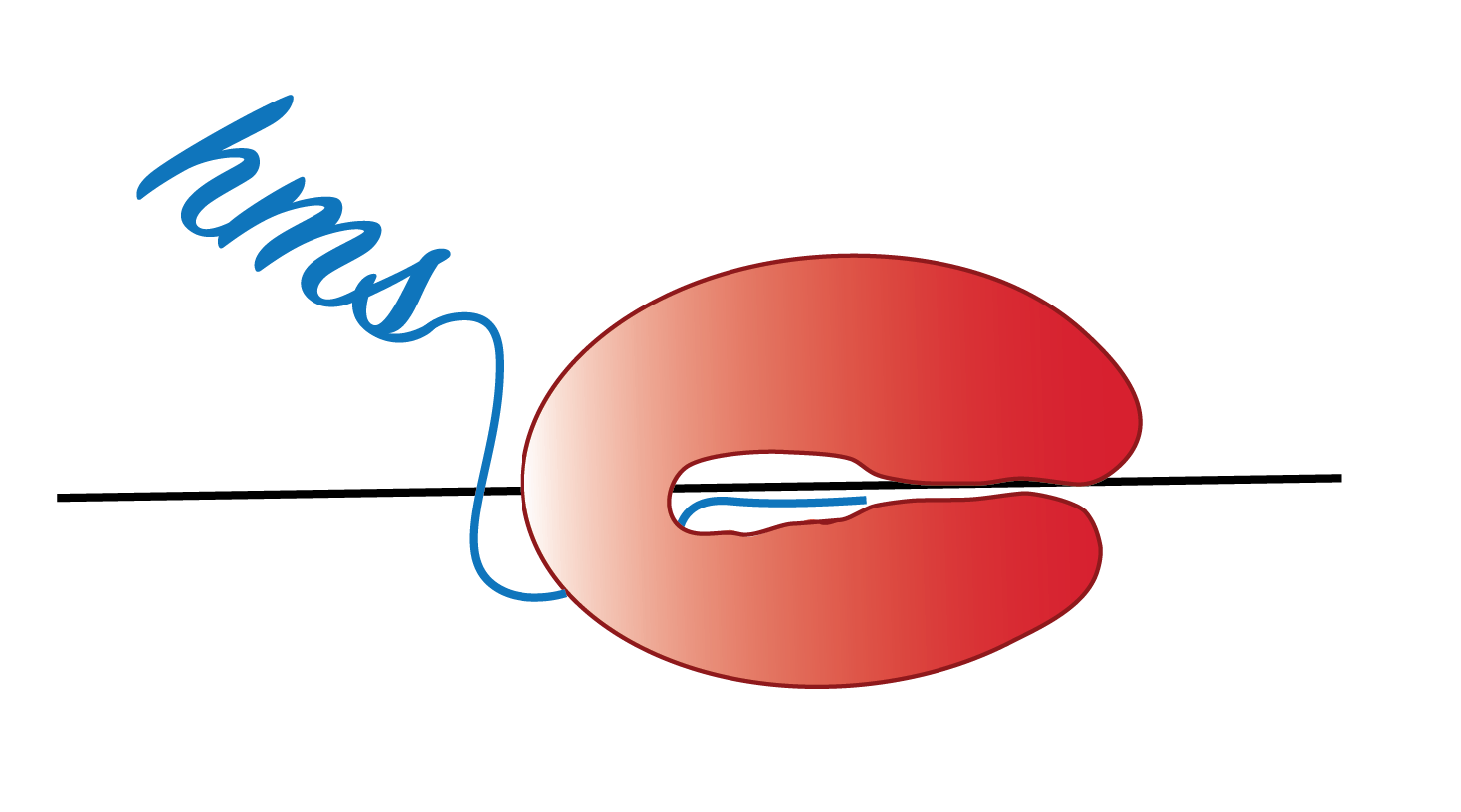Citation:
Brittany A. Townley, Luke Buerer, Ning Tsao, Albino Bacolla, Fadhel Mansoori, Timur Rusanov, Nathaniel E. Clark, Negar Goodarzi, Nicolas Schmidt, Sridhar Nonavinkere Srivatsan, Hua Sun, Reilly A. Sample, Joshua R. Brickner, Drew McDonald, Miaw-Sheue Tsai, Matthew J. Walter, David F. Wozniak, Alex S. Holehouse, Vladimir Pena, John A. Tainer, William G. Fairbrother, and Nima Mosammaparast. 2023. “
A functional link between lariat debranching enzyme and the intron-binding complex is defective in non-photosensitive trichothiodystrophy.” Molecular Cell, 83, 13, Pp. 2258–2275.e11.
Abstract:
The pre-mRNA life cycle requires intron processing; yet, how intron-processing defects influence splicing and gene expression is unclear. Here, we find that TTDN1/MPLKIP, which is encoded by a gene implicated in non-photosensitive trichothiodystrophy (NP-TTD), functionally links intron lariat processing to spliceosomal function. The conserved TTDN1 C-terminal region directly binds lariat debranching enzyme DBR1, whereas its N-terminal intrinsically disordered region (IDR) binds the intron-binding complex (IBC). TTDN1 loss, or a mutated IDR, causes significant intron lariat accumulation, as well as splicing and gene expression defects, mirroring phenotypes observed in NP-TTD patient cells. A Ttdn1-deficient mouse model recapitulates intron-processing defects and certain neurodevelopmental phenotypes seen in NP-TTD. Fusing DBR1 to the TTDN1 IDR is sufficient to recruit DBR1 to the IBC and circumvents the functional requirement for TTDN1. Collectively, our findings link RNA lariat processing with splicing outcomes by revealing the molecular function of TTDN1.